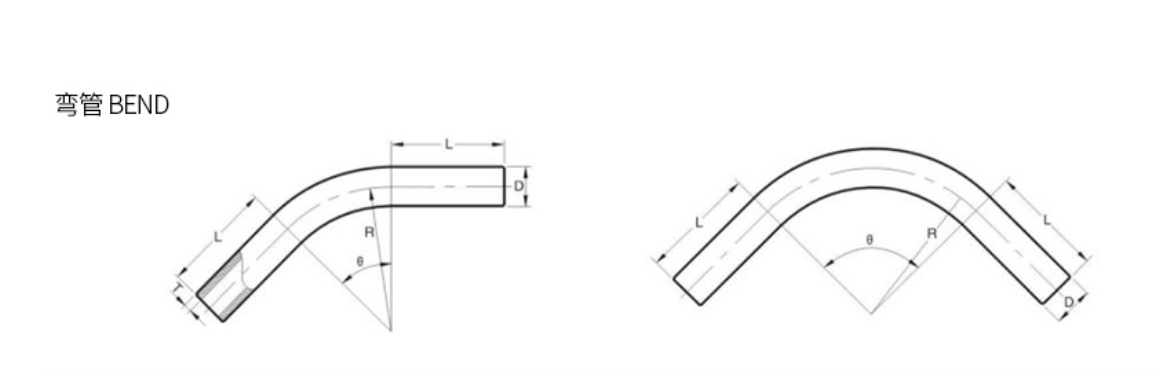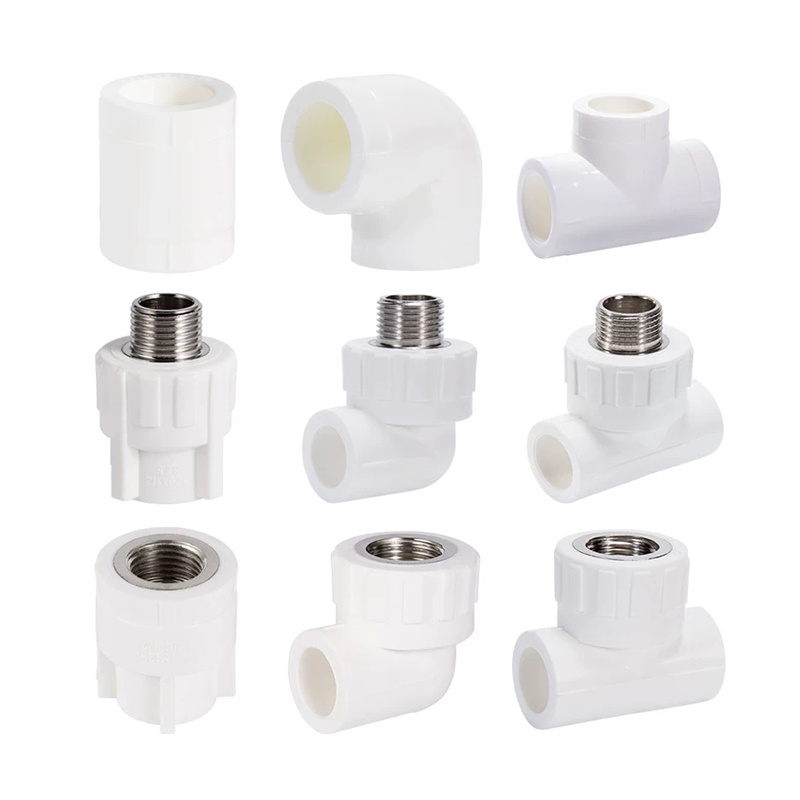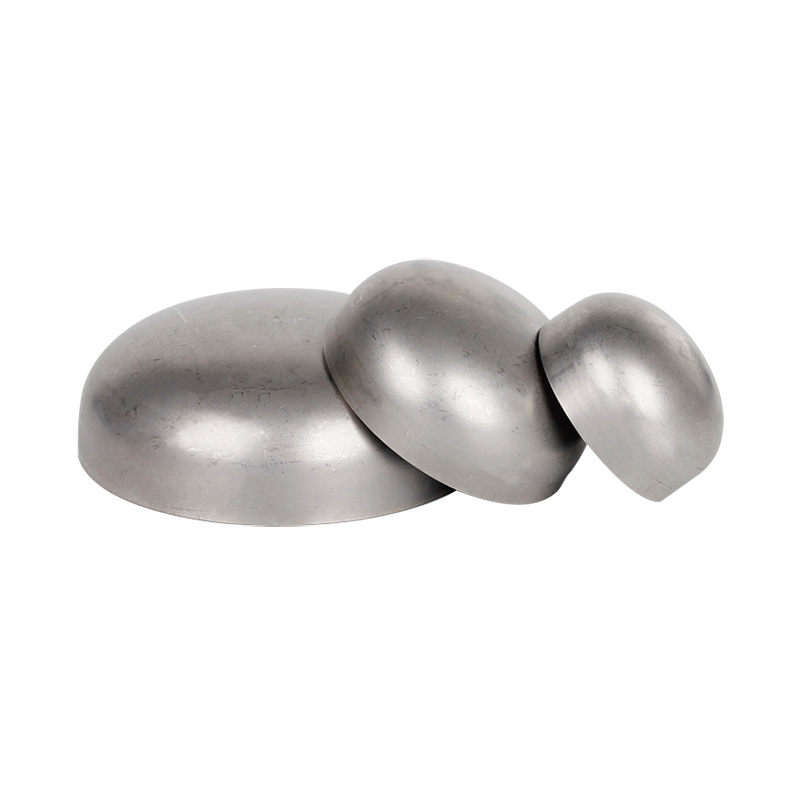
U-bend pipe is an efficient pipeline connection component that uses a 180 ° bending structure to achieve medium flow direction conversion. It is widely used in heat exchangers, boilers, and chemical equipment. Its core advantage lies in its compact design, which can save installation space while maintaining smooth media transmission characteristics. Select stainless steel or carbon steel materials and form them through cold bending or medium frequency bending processes to ensure uniform wall thickness and no mechanical damage at the bending part. The production process includes precise calculation of bending radius, control of ellipticity, and rebound compensation to ensure that the product meets the requirements of GB/T12459-2017 standard. U-bend pipes are particularly suitable for working conditions that require frequent thermal expansion and contraction. Their symmetrical structure can effectively balance pipeline stress, and the matching flanges or welded end interfaces can meet different system connection requirements. The surface can be treated with sandblasting, acid washing, or electrolytic polishing to enhance corrosion resistance, making it a key transitional component in industrial pipeline systems.
Bending pipes is a common process in various industries, including construction, plumbing, and manufacturing. It involves shaping a pipe into a curve or angle without compromising its structural integrity. Here are some key points to consider when bending pipes:
Methods of Pipe Bending
1. Manual Bending:
● Uses hand tools and requires skill to achieve the desired angle.
● Suitable for small projects or when only a few bends are needed.
2. Mechanical Bending:
● Involves machines like pipe benders that can create precise bends.
● More efficient for larger projects or when consistent bends are required.
3. Heat Bending:
● Involves heating the pipe to make it more malleable.
● Common for plastic pipes and some metals.
4. Cold Bending:
● Bends the pipe at room temperature.
● Generally used for metal pipes and requires specific tools to avoid kinking.
Considerations for Bending Pipes
● Material: Different materials (steel, copper, PVC, etc.) require different bending techniques.
● Radius of Bend: The bend radius affects the flow and structural integrity. A tighter bend may restrict flow and weaken the pipe.
● Wall Thickness: Thicker walls can withstand tighter bends, while thinner walls may require larger radii to avoid deformation.
● Bend Angle: Common angles are 90°, 45°, or custom angles based on project requirements.
● Tools: Pipe benders, hydraulic benders, and mandrels are commonly used tools.
Applications
● Plumbing: Bending pipes for water supply lines and drainage systems.
● HVAC: Creating ductwork for heating and cooling systems.
● Automotive: Bending exhaust pipes and fuel lines.
● Construction: Shaping structural steel for frameworks.
Safety Precautions
● Always wear appropriate personal protective equipment (PPE).
● Ensure tools are in good working condition.
● Follow manufacturer guidelines for the specific pipe material being bent.
If you have a specific question about pipe bending or need information on a particular application, feel free to ask!

Keywords

Stainless steel U-Bend Pipe
Contact Us
Classification
Get A Quote
NOTE: Please leave your email, our professional person will contact you asap!




